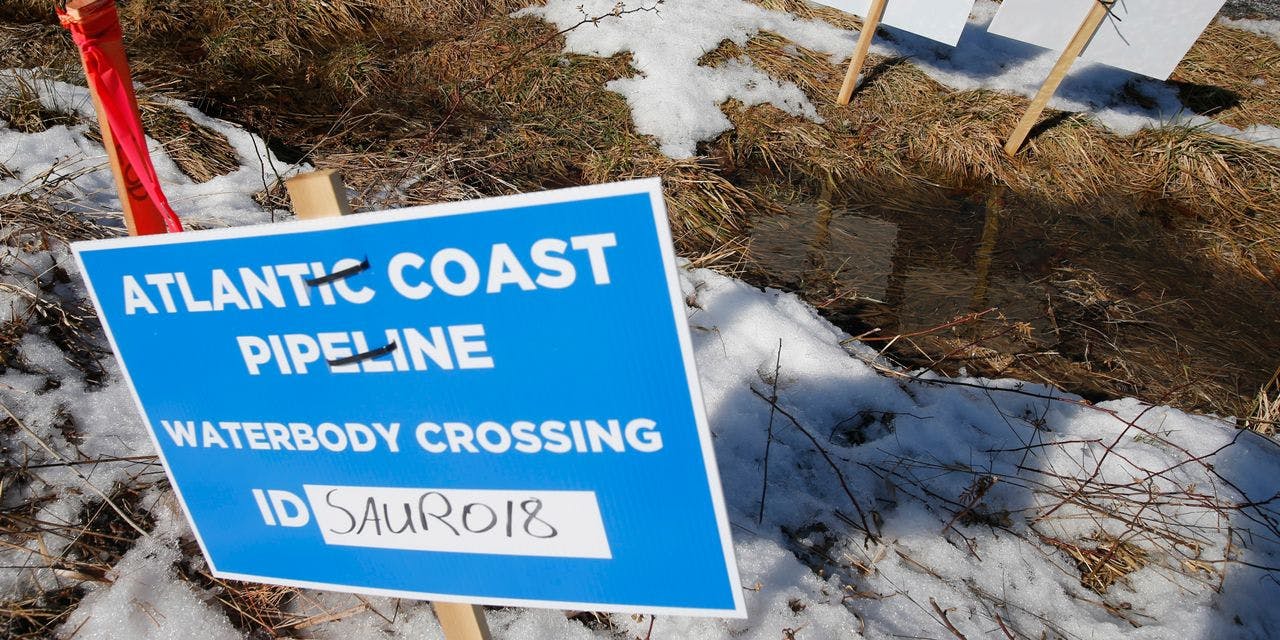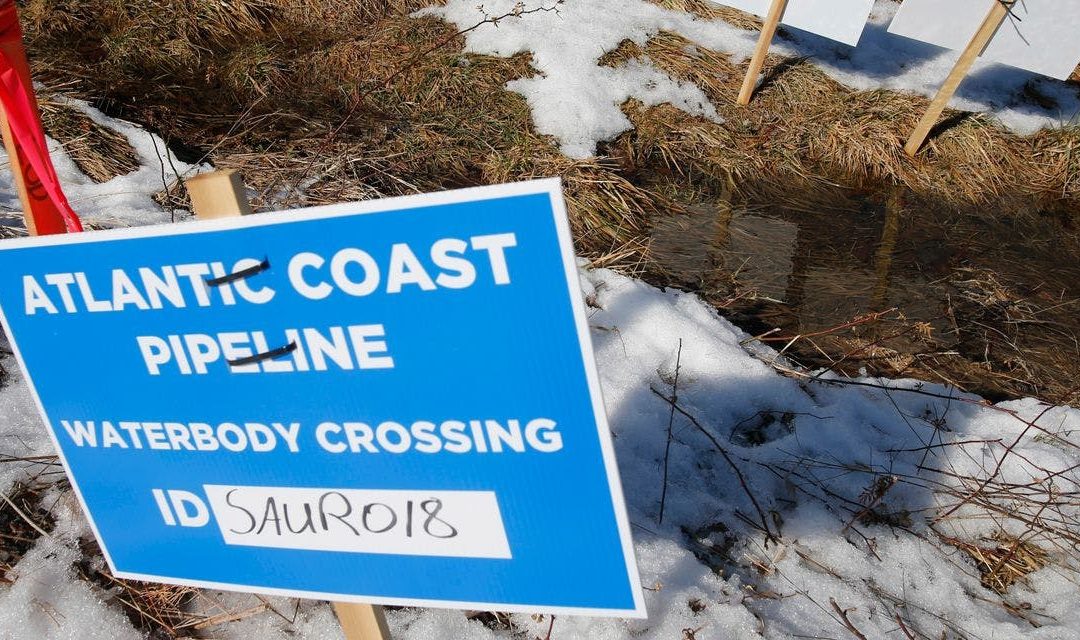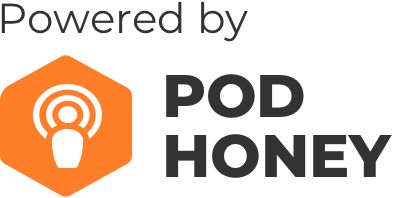
This week we will look at US election politics. I begin with a framework, based on habit, that looks at macro conditions and will be revisiting these in upcoming months. This approach also helps parse out personal preferences, so I test my assumptions and predictions more harshly than those that others develop. Thank you for subscribing, and if you enjoy reading this, please forward the newsletter to your friends. ~ KevinQuote: “Well, I cannot run the political machine; I have enough on my hands without that. It is the people’s business, – the election is in their hands. If they turn their backs to the fire, and get scorched in the rear, they’ll find they have got to ’sit ’ on the ’blister’!” ~ Abraham Lincoln In studying the 2020 election, I am examining the habits of voters and the factors that can alter those habits. Although we change throughout life, I believe we are pretty committed to our tastes, beliefs, daily practices, and things we say in conversations. Habits are pretty ingrained. I know my taste for Ale 8 one has remained steadfast for decades. The same could be said for my philosophy and even for the way I cut the grass. Some other habits have changed, and some for the better. Others may have been for the worse. For example, living in Miami did not make me more punctual. I go through this perspective to illustrate how each person is influenced by habit. When looking at politics, I assume that habits do have an impact on one’s political behavior. People all around us talk about change, but I will argue that nonchange usually molds our world even more. Some academic types ascribe this to a structure. However, when I look at political structures in the form of parties, their influence -but complete lack of control- makes me explore alternative explanations for the lack of variance in voting behavior. (I am not arguing that structures do not exist, just that some of the sources of a structure are the result of individual actions. We sometimes confuse that repetition in behavior with a structure. – but I digress)
It is with this perspective in mind that I look at political analysis from Charlie Cook and others. We can examine the Electoral College states that are considered the most competitive. Wisconsin was discussed as the key swing state in 2019. Most describe Wisconsin as the new Ohio in swing state terms. Arizona is usually the accompanying state in the same conversation. Three additional states listed as key toss ups are Pennsylvania, Florida, and North Carolina. Therefore, over 40 of the states in the country are not under discussion. I frankly saw Pennsylvania as leaning Democrat with Florida and North Carolina leaning Republican, which reflects a slight widening of the pool of states. Dr. Larry Sabato lists Pennsylvania as lean Democrat. But the number of competitive states needed to win the Presidency remains narrow, which I believe reflects the general assumptions of voter dispositions. The most prominent “lean Democrat” states include Minnesota and Michigan, and the list of “lean Republican” states include Georgia and Texas. It looks like parts of the South will be in full swing state territory by 2024 and may move in that direction in the coming months. This is largely due to decades of population influx into metropolitan areas in parts of the South. Current state polling shows a deficit, mostly in the middle single digits, for Trump in these states. State-level polls are subject to some variance with methods and sample size. But this is the pattern. This currently gives an edge to Biden, but its an edge not too different from the one that Hillary Clinton had in 2016. Candidates need 270 Electoral College votes to win. According to Cook, Trump is assumed to have 204, while Biden is assumed to have 248 at this point. In fact, the resemblance to 2016’s election map is pretty fascinating and not unlike the similarities in results that took place in presidential elections in 2000 and 2004. So far, we see very few changes in assessing the state by state political landscape in a year of major events. (Mark this under the theme that change does not always beget change) It seems the conventional wisdom is if Trump’s polling falls below the low 40s, Republicans that are in lean Republican districts are much more vulnerable. This is the case with House and Senate seats. I could see scenarios where Trump’s numbers move up a little or down a little over the coming months.
These are my modest thoughts for campaigns in this cycle. My free advice to both sides would be to convey seriousness and substance in more than tone. This seems to be what the public expects during a pandemic.
If Democrats were listening to my advice: 1. Find some way to claim the offensive 2. I would not pick a VP candidate on anyone’s shortlist, because they would face considerable opposition within the party 3. Pick VP with medical experience (nurse or doctor) with competent leadership skills If Republicans were listening to my advice: 1. Focus on effective governance as employed in the “Baker Plan” that helped Gerald Ford recover support to the point that he barely lost in 1976. 2. Maintain the offensive 3. Establish message discipline that talks about economic recovery (I realize the tension in these three points) This is the general framework as I see it right now. I will probably do an update in September and an election night tracking sheet to organize references to key races. The condition of a severe pandemic makes me entertain the possibility that some voters will shift their habits. Some folks who regularly vote could find doing so difficult, whereas others who infrequently vote could choose to cast ballots. Some of this relates to the habit of voting but also to how Covid-19 conditions could interrupt that habit. I think about this a lot and plan on including a discussion of this along with the election sheet.Perspective from the Economist and Electoral College sheet from Cook Report.
News:US naval exercises as China has naval exercises in the South China Sea: AxiosIran acknowledges site was a centrifuge facility: Politico
I’m enjoying the chance to share these newsletters with you in the form of the new podcasts and appreciate your continued feedback. You can reply to this email or leave your comments below. I sincerely enjoy chatting and learning what folks think. Thank you ~ Kevin
Get on the email list at modlinglobal.substack.com






